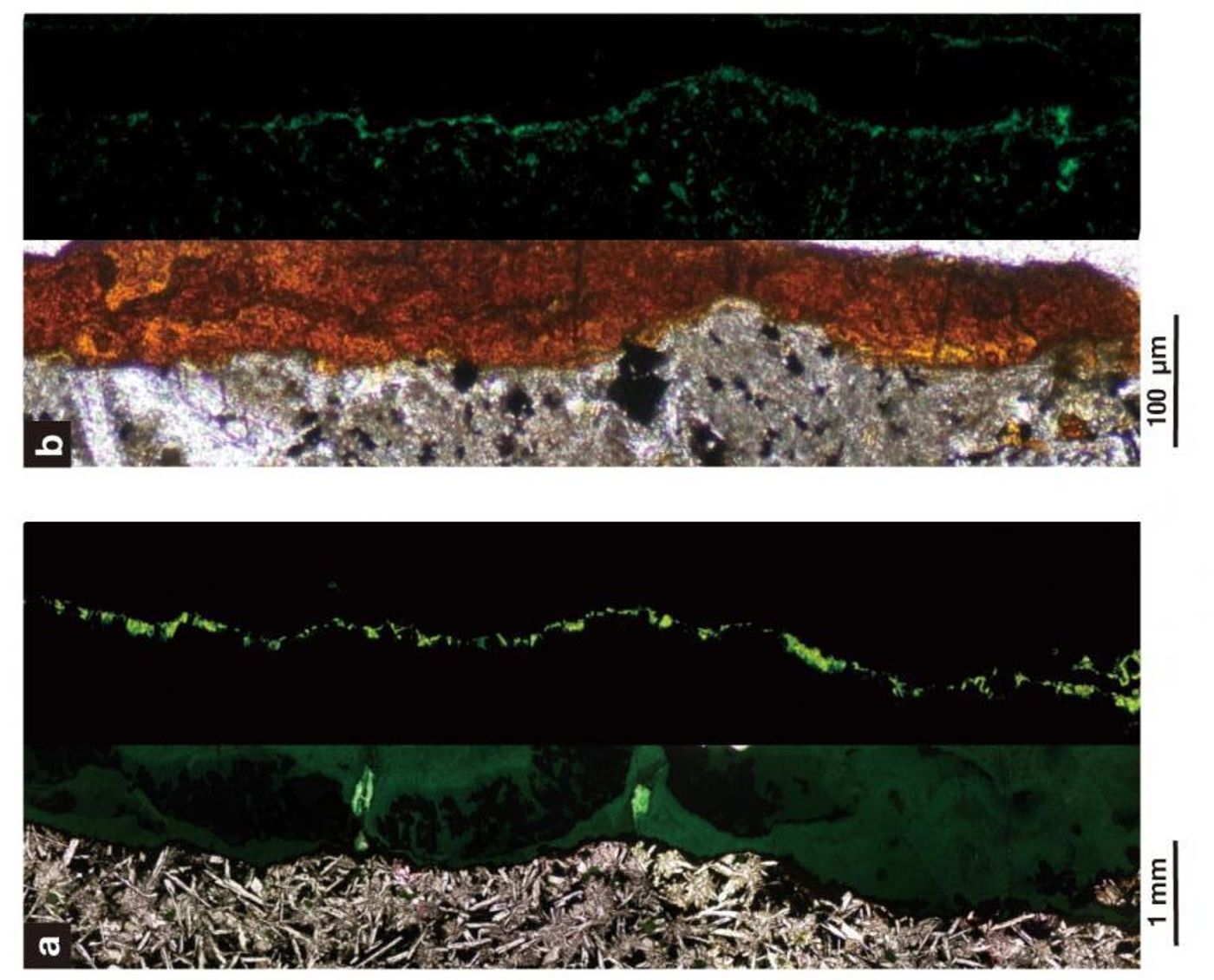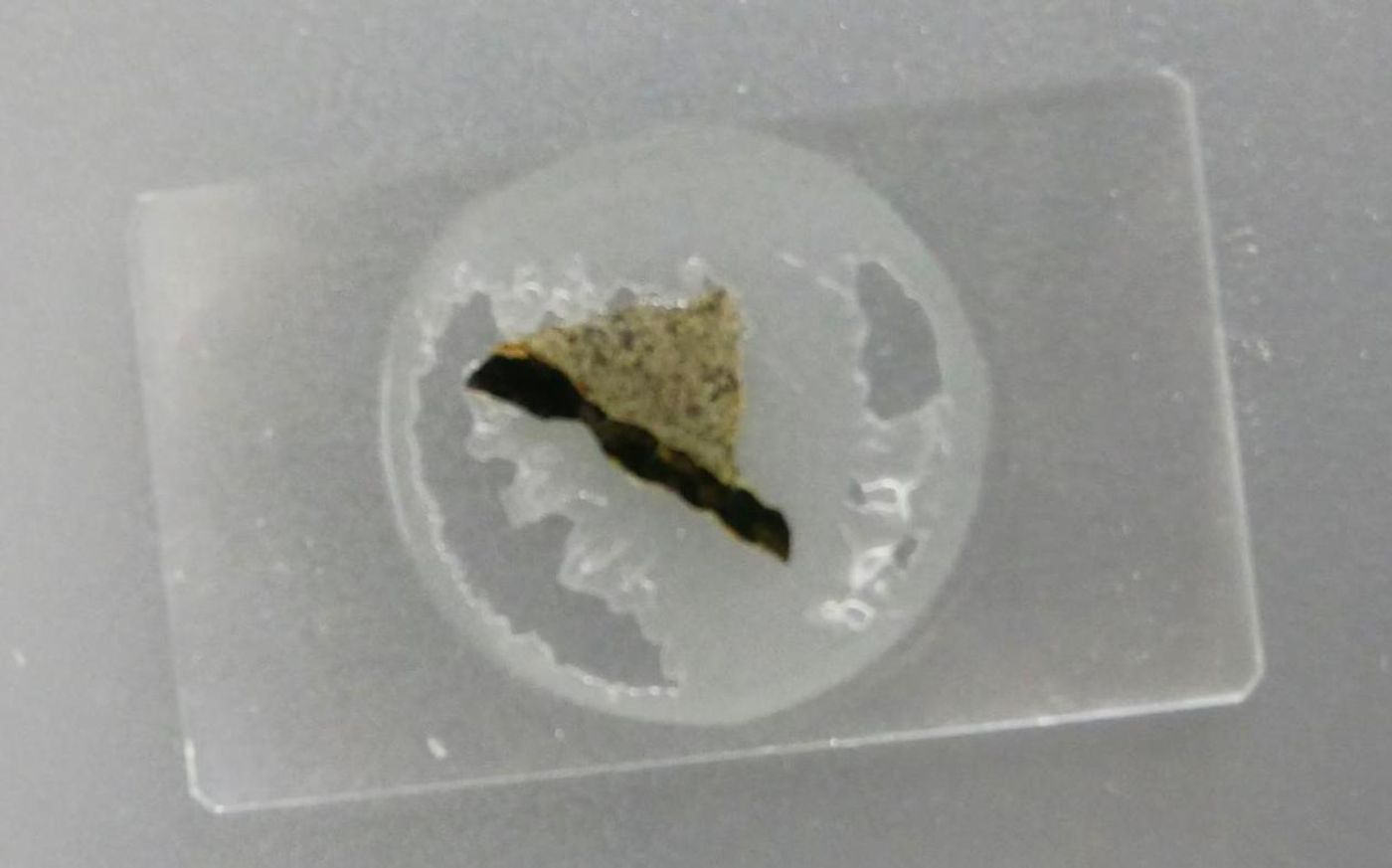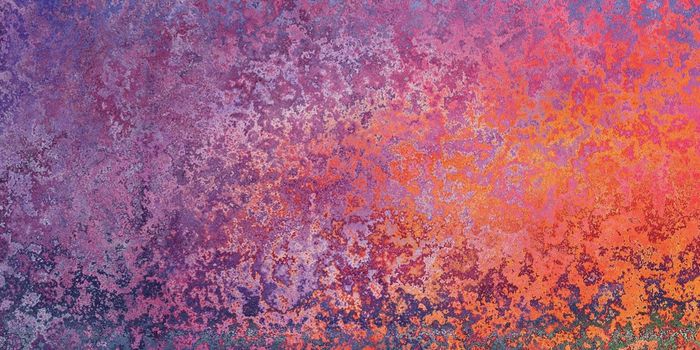How Life Beneath the Sea Informs the Search for Life on Mars
Single-celled microbes that live beneath the floor of the ocean have provided insight into how scientists might be able to find life on Mars. Scientists examined solid volcanic rocks for many years, finally finding a way to reveal the marine bacteria in tiny cracks in the rock. These cracks are thought to host a dense community of bacteria, just as the human gut does; they may contain as many as ten billion bacterial cells in a cubic centimeter. The seafloor itself, by contrast, contains about 100 cells in a cubic centimeter. The work has been reported in Communications Biology.
"I am now almost over-expecting that I can find life on Mars. If not, it must be that life relies on some other process that Mars does not have, like plate tectonics," said the first author of the study, Associate Professor Yohey Suzuki from the University of Tokyo. "I thought it was a dream, seeing such rich microbial life in rocks."
Lava is ejected from undersea volcanoes at about 1,200 degrees Celsius, and eventually becomes solid rock, cracking the process. The width of these minuscule cracks is often under one millimeter, and over time, they fill with clay minerals and bacteria, which multiply there.
"These cracks are a very friendly place for life. Clay minerals are like a magic material on Earth; if you can find clay minerals, you can almost always find microbes living in them," explained Suzuki. "Honestly, it was a very unexpected discovery. I was very lucky, because I almost gave up," said Suzuki.
Samples were collected from three locations in late 2010 during a sea voyage from Tahiti to Auckland, New Zealand. A 5.7 kilometer tube was used to reach the ocean floor and drill 125 meters through mud and then rock, and a sample was then gathered. The three samples had different ages, either 13.5, 22.5, or 104 million years old, depending on where they were taken. They were sterilized to prevent surface contamination.
It took several years for Suzuki to find a way to analyze only the bacteria in the cracks; he did so by embedding them in epoxy and slicing off layers. These were then stained and viewed under a microscope. The bacterial DNA could be seen in tunnels in the rock, which contains life-sustaining minerals.
A genomic analysis of the bacterial DNA revealed several species. The bacteria in the different samples were not the same but were similar species.
The researchers suggested that the cracks concentrate the minerals in the clay, enabling dense bacterial growth. They also hypothesized that the minerals in these cracks is similar to what would be found now on Mars.
"Minerals are like a fingerprint for what conditions were present when the clay formed. Neutral to slightly alkaline levels, low temperature, moderate salinity, iron-rich environment, basalt rock -- all of these conditions are shared between the deep ocean and the surface of Mars," said Suzuki.
Suzuki and collaborators are now working with NASA to study martian rocks that were collected by rovers.
"This discovery of life where no one expected it in solid rock below the seafloor may be changing the game for the search for life in space," said Suzuki.
Watch a video about the work above, and click on settings (bottom right) to turn on auto-translated closed captions.
Sources: AAAS/Eurekalert! via University of Tokyo, Communications Biology










